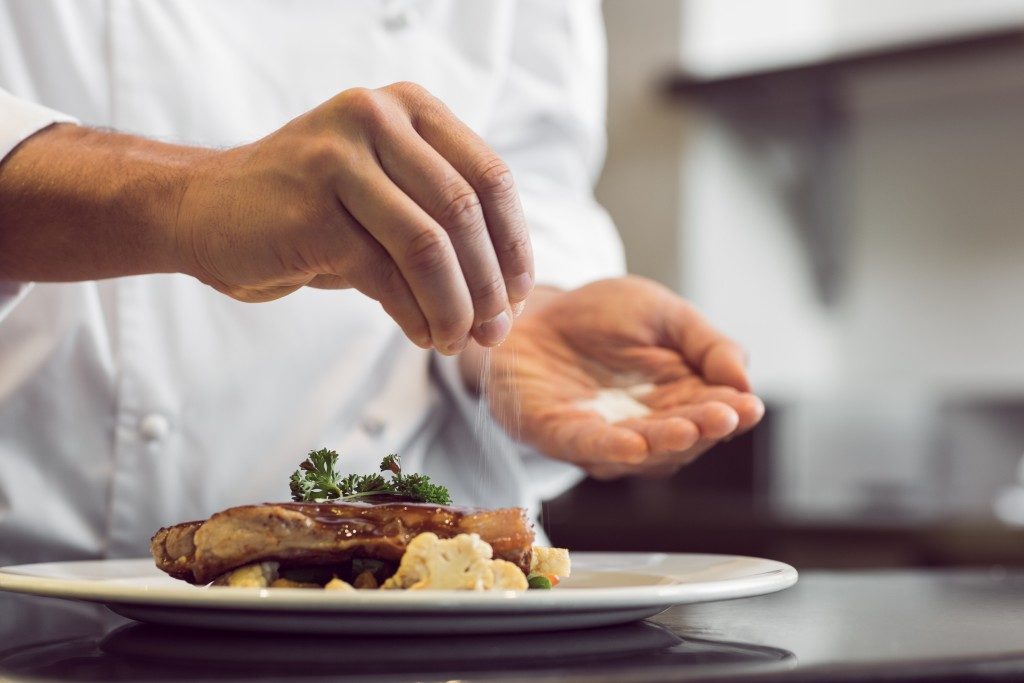The culinary world is nothing short of creative expressions, delectable meals, and eye-popping creations. Who wouldn’t want to binge-watch episodes of the hit reality cooking show “MasterChef” and others that ignite the passion of home cooks and even wannabes to create a tasty masterpiece of their own? Yes, you shouldn’t probably play with your food, but it has become an integral part of the display of skills and talent many people possess, even those dishes placed on deli counter displays in many restaurants and shops..
If you look closely into the food pieces that people involved in the culinary world work on, you’ll witness an artist in play. For them, presentation plays a vital role in savouring the whole experience. It’s not just with the taste buds, but also other senses like the nose filled with pleasing aroma and the eyes full of visual delight. According to Charles Spence, an experimental psychologist, a visually stunning plate satisfies the tummy more than just dumping all of the ingredients in a dish despite having the same taste.
Are you interested in presenting dishes like how a top chef would? Follow the basic principles below and start working on your next mouthgasm-filled creation.
The Perfect Plate Matters
A dinner plate is like an artist’s canvas. Choosing the wrong one can affect the overall quality and the sensual vibes the meal gives off. Be careful not to pick a plate that is too big and disproportionate to your intended serving, as it can make the meal appear small or not enough to visually satisfy the guest for its contents. The rule of thirds is also applied when placing your main star on a plate. Instead of setting it in the centre, you can put it in a focal point, which is either the right or left side of the plate.
Ingredients as Components
After choosing the perfect plate to place your ingredients on, you can start by visualising a clock as your guide. Vegetables are set from the 12:00 mark to the 3:00 sign. Starch or starchy food items are put on the 9:00 point to 12:00. The main ingredient such as a slab of meat, pork, and fish is emphasised by placing it on the 9:00 mark to 3:00 point. Moist ingredients act as the base for the meal.
Details Add Elegance to the Dish
This is where colour and contrast create harmony in spite of chaos. It looks great when your plate possesses a calm and consistent tone. However, what makes it interesting will be the contrasting hints or dashes of complementary yet contrasting hues. Also, emphasise the visual height of your meal. You can stack up (elegantly) pieces of cut steak or add height to a bland piece of grilled chicken meat by putting leaning pieces of asparagus on the side.
Garnish With a Purpose

Aspiring chefs start with the misconception that adding an element into the plate makes it look stunning. However, it ruins the taste of the meal. Garnishes and sauces are not just for visual features. These should be placed for a purpose. Think of setting a line of sauce that a customer could eat with a steak. It should complement the taste of the main dish and not distract them from the culinary experience.
Just like how restaurants all over the world maintain a competitive standard concerning their food presentations, various storeowners can learn from this discipline as well. In an article published by Reader’s Digest, it says that “the senses play a vital role in making people purchase something.” For example, a deli counter display dishes must always maintain its cleanliness, simplicity, and accessibility.




